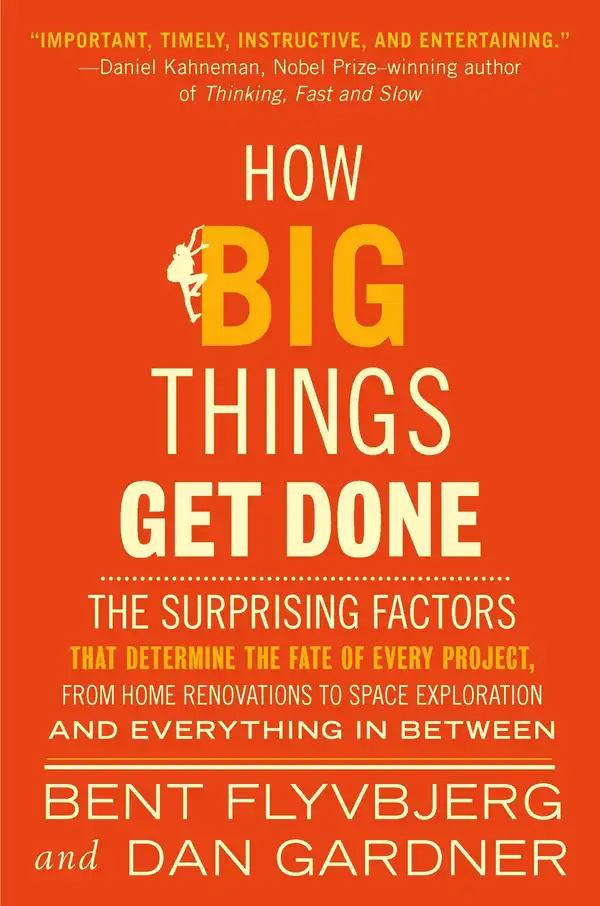Highlights
- Moreover, careful analysis like that done by David’s architect can be laborious and take ages, but if it is too narrowly focused, it won’t reveal fundamental flaws in the plan or gaps, much less correct them. And by its impressive detail, it may give the false idea that the overall plan is stronger than it is, like a beautiful facade with no structure behind it.
- The consensus of researchers today is that, yes, being first to market can confer advantages in certain specific circumstances, but it comes at the terrible cost of an inability to learn from the experience of others. Better to be—like Apple following Blackberry into smartphones—a “fast follower” and learn from the first mover.[8]
- Whenever possible, planning should maximize experience, both frozen and unfrozen.
- See your project as one in a class of similar projects already done, as “one of those.” Use data from that class—about cost, time, benefits, or whatever else you want to forecast—as your anchor. Then adjust up or down, if necessary, to reflect how your specific project differs from the mean in the class. That’s it. It couldn’t be simpler.
- Early delays cause chain reactions throughout the delivery process. The later a delay comes, the less remaining work there is and the less the risk and impact of a chain reaction.
- Big is best built from small. Bake one small cake. Bake another. And another.
- Planning is relatively cheap and safe; delivering is expensive and dangerous. Good planning boosts the odds of a quick, effective delivery, keeping the window on risk small and closing it as soon as possible.
- A rider in the grueling three-week Tour de France bicycle race explained that participating is not about winning but about not losing, each day for twenty-one days. Only after that can you consider winning.

Table of contents
Nothing yet!
Links to
Nothing yet!
Linked from